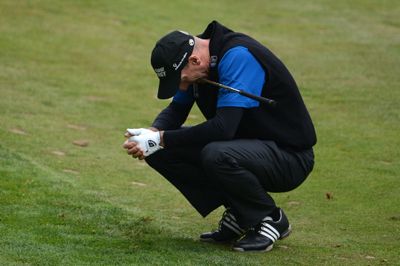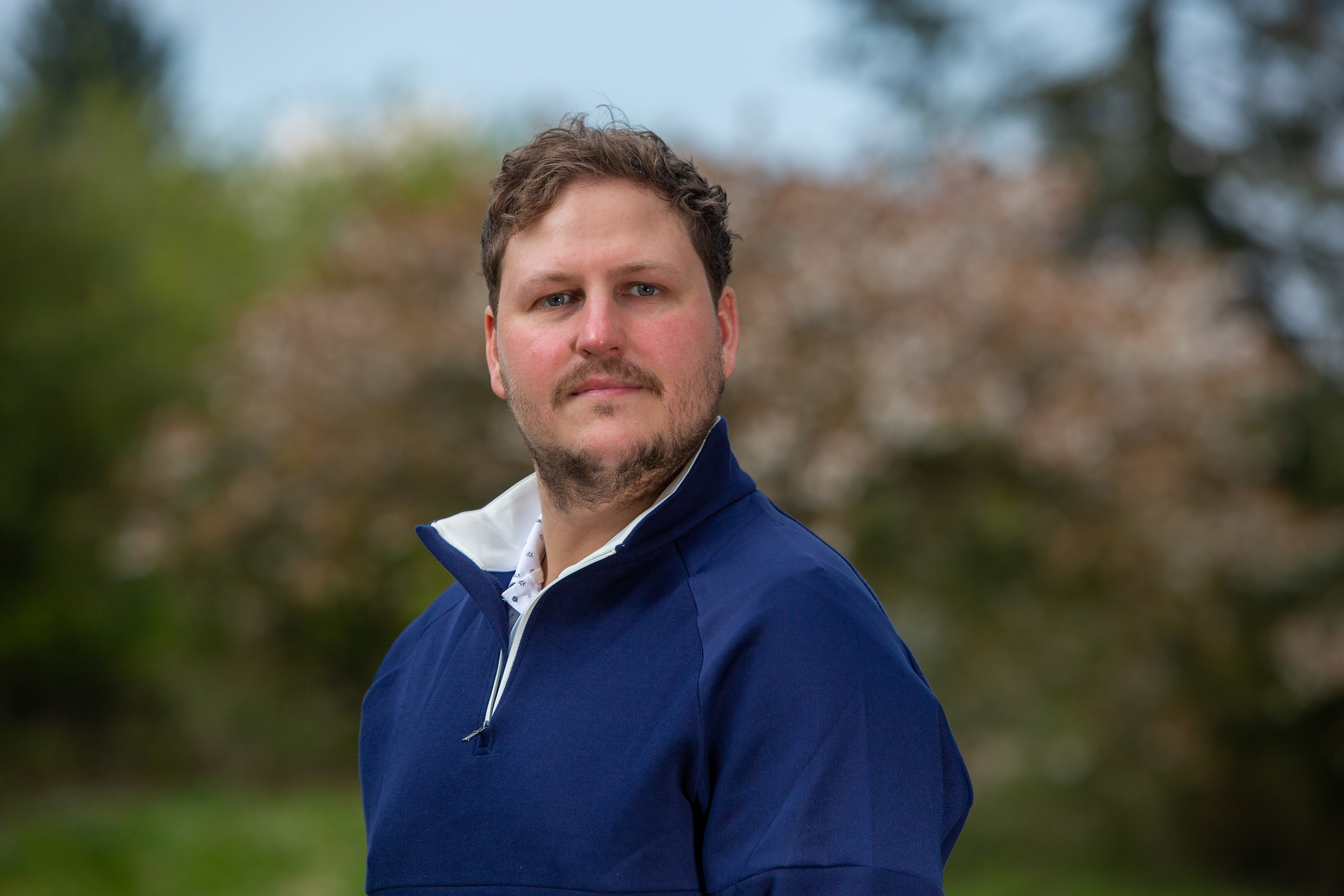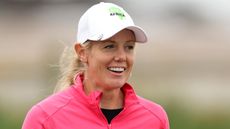US Open blog: a different challenge
Many complain the US Open is too difficult, but most relish watching a tournament where pars mean more than birdies


So, the US Open has rolled round again.
In the coming few days, we'll hear many comments pertaining to the difficulty of the tournament. Invariably, some will claim the course is simply too tough, and declare the tournament to be unfair.
There can be no disputing that, aside from the Open in torrid conditions, the US Open represents the hardest four days in the professional golfing calendar.
Mike Davis, the USGA's Executive Director, always ensures the rough is penal, the fairways are narrow and the greens are lighting fast. Merion Golf Club will be no exception.
Last year, many players echoed the sentiments of Bubba Watson, who said he felt "beaten up" by San Francisco's Olympic Club.
Rory McIlroy, after shooting 10 over and missing the cut by two shots, added: "It's a reminder that golf doesn't always come easy."
Exactly, Rory. That is the essence of the US Open and everything it stands for. And why should it be made easier?
Get the Golf Monthly Newsletter
Subscribe to the Golf Monthly newsletter to stay up to date with all the latest tour news, equipment news, reviews, head-to-heads and buyer’s guides from our team of experienced experts.
Every week, you turn on the television to see the game's best firing at pins, making a plethora of birdies and, more often than not, shooting in double figures under par.
Yes, that is hugely entertaining for the golf fan. But what some fail to grasp is that entertainment isn't solely confined to watching players making birdies.
Most of us love to see the world's best put through an exacting test; to demonstrate they are in control of every aspect of their game and show why they have reached the summit of the professional game.
It's enthralling viewing, and most of the players welcome the challenge. Granted, it isn't as fluid to watch, but the US Open takes place once a year, and it should present a different challenge.
The tournament is a genuine test of golfing aptitude, and many amateurs take great joy in watching professionals toil. The part-time golf viewer may be slightly discouraged, but they can enjoy birdie-fuelled golf any other week.
Most professionals enjoy the challenge of the US Open, too. They recognise it is refreshing to play a course that simply cannot be overpowered; a tournament where par is an excellent score; an event where they really have to earn their money.
If you win the US Open, no on can say you got lucky, or didn't deserve the title - the way a major should be. And, it's the same test for all involved, so how can it be unfair when success or failure is relative to everyone else in the field?

Nick Bonfield joined Golf Monthly in 2012 after graduating from Exeter University and earning an NCTJ-accredited journalism diploma from News Associates in Wimbledon. He is responsible for managing production of the magazine, sub-editing, writing, commissioning and coordinating all features across print and online. Most of his online work is opinion-based and typically centres around the Majors and significant events in the global golfing calendar. Nick has been an avid golf fan since the age of ten and became obsessed with the professional game after watching Mike Weir and Shaun Micheel win The Masters and PGA Championship respectively in 2003. In his time with Golf Monthly, he's interviewed the likes of Rory McIlroy, Justin Rose, Jose Maria Olazabal, Henrik Stenson, Padraig Harrington, Lee Westwood and Billy Horschel and has ghost-written columns for Westwood, Wayne Riley, Matthew Southgate, Chris Wood and Eddie Pepperell. Nick is a 12-handicap golfer and his favourite courses include Old Head, Sunningdale New, Penha Longha, Valderrama and Bearwood Lakes. If you have a feature pitch for Nick, please email nick.bonfield@futurenet.com with 'Pitch' in the subject line. Nick is currently playing: Driver: TaylorMade M1 Fairway wood: TaylorMade RBZ Stage 2 Hybrid: Ping Crossover Irons (4-9): Nike Vapor Speed Wedges: Cleveland CBX Full Face, 56˚, Titleist Vokey SM4, 60˚ Putter: testing in progress! Ball: TaylorMade TP5x
-
 ‘I Think I Can Be Helpful’ – Rory McIlroy Opens Up On Potential Return To PGA Tour Policy Board
‘I Think I Can Be Helpful’ – Rory McIlroy Opens Up On Potential Return To PGA Tour Policy BoardThe four-time Major winner resigned from the board six months ago, but with the game still fractured, he could be about to return
By Mike Hall Published
-
 Two-Time Major Runner-Up Amy Olson Announces Retirement Aged 31
Two-Time Major Runner-Up Amy Olson Announces Retirement Aged 31The LPGA Tour pro, who has been on maternity leave since last year, made the announcement on social media
By Mike Hall Published